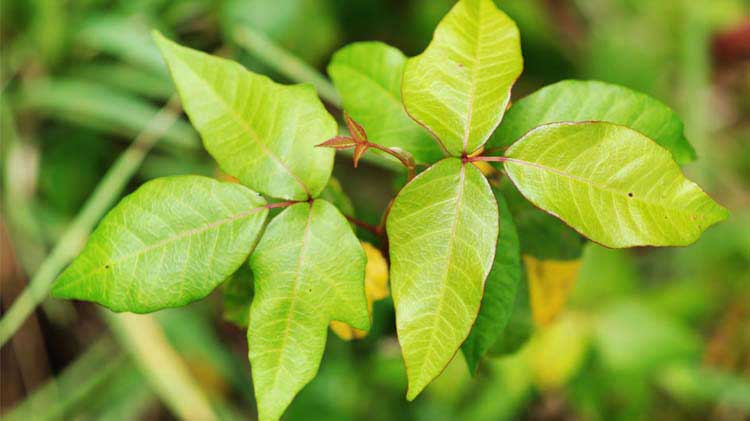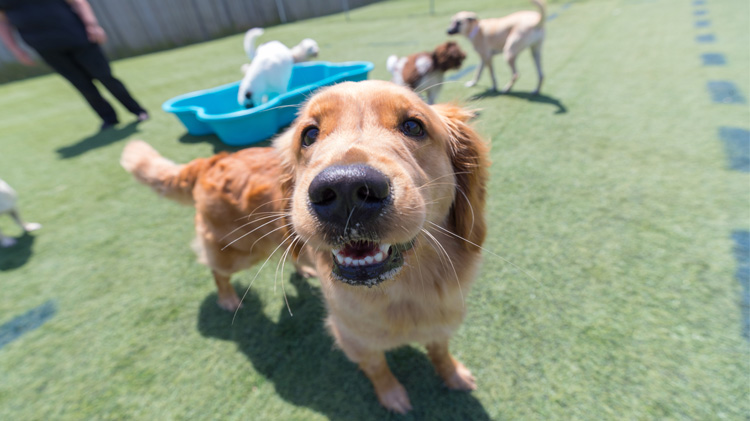National Animal Poison Prevention Week: What you need to know
Poison Prevention Week isn’t just about humans. Protect dogs and cats at home with these simple tips for identifying and preventing toxic ingestion in pets.
The third full week of March is National Poison Prevention Week in the United States (March 17-23, 2024). But as crucial as toxic ingestion awareness in humans is, pet owners need to be extra vigilant when it comes to cats and dogs. Fortunately, National Animal Poison Prevention Week coincides at this time, and it’s even more important than a lot of pet owners realize.
Don’t leave things to chance when it comes to your pet’s health and wellbeing — National Animal Poison Prevention Week provides the perfect opportunity for learning more about identifying and preventing household toxin consumption in pets.
Pet poisonings at home are on the rise
In 2022, the American Society for the Prevention of Cruelty to Animals (ASPCA) Animal Poison Control Center (APCC) received over 400,000 pet poisoning calls. Even more alarming, the Pet Poison Helpline observed a 5% increase in pet poisoning cases when compared to 2021. Over the past 5 years, the APCC team has also seen a nearly 300% increase in calls, with recreational drugs making the ASCPA annual list of top pet toxins for the first time.
Here is a list of the top 10 toxins:
- Over-the-counter medications
- Food
- Prescription medications
- Chocolate
- Plants
- Household toxins
- Veterinary products
- Rodenticides
- Insecticides
- Recreational drugs
Trupanion claims data
Trupanion has paid over $46.7 million in pet poison, toxicity and ingestion claims over the past 2+ decades. Data from the pet medical insurance provider also reveals that most pets are poisoned by human food, with chocolate being the most common pet poison.
Certain types of pets also appear more likely to eat something toxic or dangerous. The Lagotto Romagnolo, Nova Scotia Duck Tolling Retriever and toy Australian Shepherd currently hold the highest claim rates. Additionally, puppies and kittens are 2.7 times more likely to have a plant-related toxicity claim and 4.7 times more likely to have a marijuana-related toxicity claim than older pets.
Signs of poisoning in pets
Depending on the substance and how much your pet has consumed or been otherwise exposed to, signs of poisoning can vary greatly. If you suspect anything is off, however, seek veterinary care immediately. The following signs of toxic ingestion in dogs and cats also call for emergency medical attention at your nearest animal hospital:
- Bleeding or bruising not from a physical injury (unexpected / unexplained)
- Vomiting or repeated gagging
- Seizures (convulsions)
- Strained or difficult breathing
- Swelling
- Fainting
- Change in bathroom habits: frequent urination or diarrhea
- Extreme fatigue or malaise
- Loss of coordination or a “drunken” appearance
Keep in mind that your pet may exhibit no signs of poisoning if toxic ingestion has been very recent. But don’t wait for them to get sick — seek immediate medical care if you are aware your pet has consumed something toxic.
Toxic household items for pets
Many pet owners are unaware of the amount of cat and dog poisons that may already be in the home. This list includes many common household items that can put pets at risk of poisoning, but it may not include all potential toxins in your home. If you’re unsure about anything, consult with your veterinarian or call the Pet Poison Helpline.
Cleaning substances
Household cleaning products are necessary for keeping a home fresh and tidy, but many are highly toxic to pets. Bleach and detergents, in particular, require immediate veterinary care if consumed.
Foods and baking ingredients
Chocolate is a well-known pet toxin, but lesser-known ones include grapes and raisins, yeast, xylitol, macadamia nuts, mushrooms, onions and more.
Auto parts and products
Antifreeze and motor oil can lead to fatal poisoning in pets and requires immediate medical attention (pet owners should be particularly wary with antifreeze, as it tastes and smells sweet to animals). Furthermore, lead poisoning is commonly associated with lead-based paints, but a surprising amount of auto parts can put curious pets at risk.
Yard care
Lawn and garden fertilizer can be highly toxic to pets, as can pest treatment chemicals. If you live in a cold area, be aware that de-icing salts for driveways should also never be licked or consumed by your pet.
Household pest poisons
Rodent poisons are the main offender here, but even insect repellants can be harmful to your pet if ingested or inhaled.
Medications
Medications vary greatly in potency and have potential to cause harm, but as a rule of thumb, consider all prescriptions, over-the-counter and non-over-the-counter treatments things that should be kept out of reach.
Plants
Though pretty, many houseplants can cause toxic reactions in pets who take bites of them. Some popular but toxic houseplants for pets include lilies, sago palm, daffodil and aloe vera. Though not a “houseplant,” cannabis can also cause poisoning in pets.
Essential oils
Essential oils have increased in prevalence over the past several years, especially when it comes to beauty and personal care items. However, many popular ones, like wintergreen oil and birch oil, are toxic to dogs and cats.
Tips for preventing pet poisoning at home
The sheer amount of potential poison dangers for pets in your home can be quite scary, and you may even feel a bit overwhelmed going down the list. But as a pet parent, there are many things you can do to help keep your four-legged pal free from harm.
Start by identifying potential dangers and putting them out of reach for your pet. All cleaning products should be stored in a lockable cupboard or closet, for example. If you have open shelves in your kitchen or pantry, store hazardous items up high where your pet can’t jump. Likewise, auto products should never leave the garage and should have their own secure storage space.
Following these tips for preventing pet poisoning can also help mitigate risk:
- Use your phone to research houseplants at the store before buying them, and avoid getting anything that could be toxic.
- Any current houseplants that are toxic to pets should either be disposed of or kept on high shelves.
- Never leave the kitchen while cooking or baking, and clean up as you go.
- Use a doggy gate to help keep pets out of areas where you are actively using potentially toxic materials.
- Allow surfaces to fully dry after cleaning before you let your pets back into the area.
- Consult with your veterinarian before introducing new substances to the home or attempting any new treatment with your pet.
Get ahead of animal poisoning with pet medical insurance
Pets are unpredictable, and accidents can still happen even when you are taking the best precautions. So, it’s a good idea to take control ahead of time and have an emergency medical plan in place. Along with taking note of the nearest animal hospitals, a good pet insurance policy can help you tackle surprise medical costs. Having this in place will let you focus on what really matters in times of crisis — taking care of your pet.
Important phone numbers for pet owners
All pet owners should take time this week to equip their phones with some important numbers. In emergency events, having these on hand could be life-saving for your pet:
- ASPCA Animal Poison Control Center: (888) 426-4435888-426-4435
- Pet Poison Helpline: (888) 426-7661888-426-7661
- Your pet insurance provider
- The nearest animal hospitals in your area that provide emergency services
How to spread awareness during National Animal Poison Prevention Week
While it’s important to take measures to protect your own dog or cat, National Poison Prevention Week is the perfect time to spread awareness. If you have friends and family members with pets, it doesn’t hurt to share what you’ve learned about poison prevention tips and encourage others to protect their dog or cat with pet insurance. Accidents can happen at any time — spreading awareness helps save lives.





